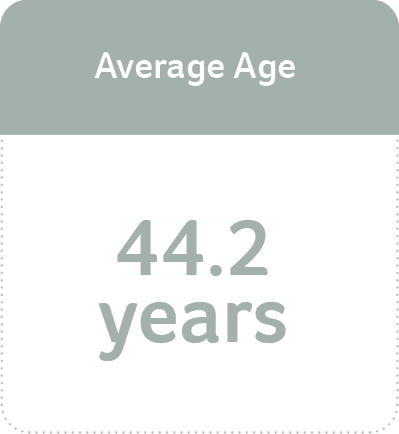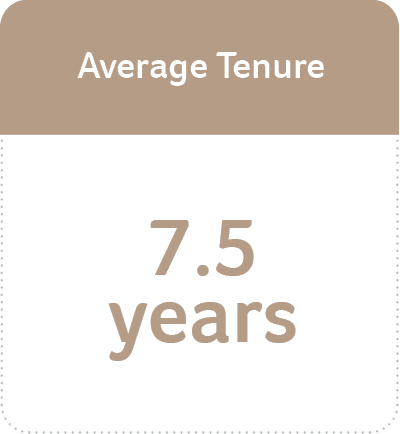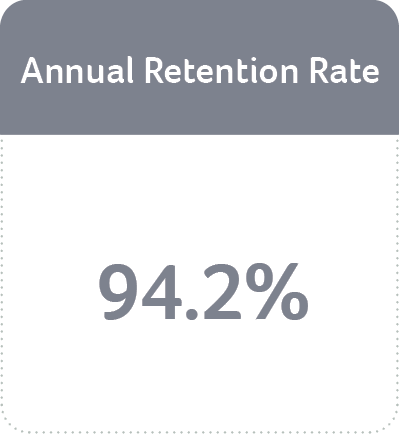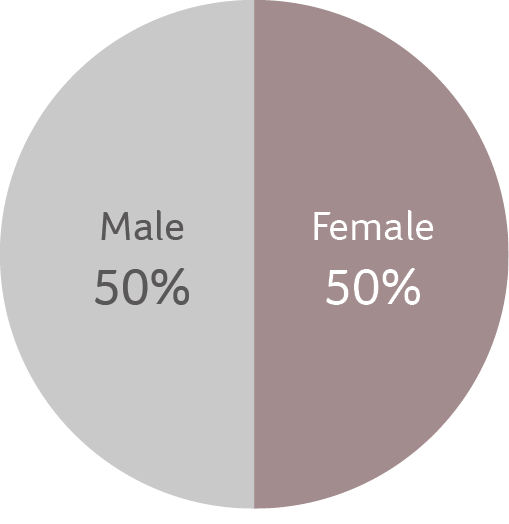Employee Profile
Acer Gadget is committed to fostering a diverse, inclusive, healthy, and safe workplace, while supporting employees’ career development and overall well-being. We actively advance initiatives in talent development, workplace happiness, and community engagement, emphasizing equal opportunities and employee welfare. Through practical actions, we demonstrate our responsibility to society. This chapter presents our key practices and outcomes in Employee Profile, Talent Development, Employee Wellbeing, Diversity & Inclusion, and Community Impact & Philanthropy, highlighting our progress in diversity, employee care, and social responsibility.
Employee Composition
| Composition | Total Number | Percentage | |
|---|---|---|---|
| Gender | Male | 29 | 46% |
| Female | 34 | 54% | |
| Job Category | Managerial Staff | 20 | 31.7% |
| Professional Staff | 43 | 68.3% |




This is Acer Gadget’s first Sustainability Report prepared in accordance with the GRI Standards. Therefore, there is no comparable data from previous reporting periods.
We will continue to accumulate statistical baselines and enhance consistency in disclosure going forward.


Among all employees, foreign nationals accounted for 1.6%, with the workforce currently predominantly Asian and not yet inclusive of groups such as European descent. Going forward, we will continue to strengthen cross-cultural understanding and opportunities for exchange, and remain committed to cultivating a respectful and inclusive workplace.We recognize that diverse cultural backgrounds bring broader perspectives and innovative momentum to the Company. Although our current workforce composition is not highly diverse, Acer Gadget will gradually broaden talent sourcing channels and, through institutional design, training, and exchange opportunities, further promote cultural inclusion and the practice of diversity values.
As of the end of December 2024, all Acer Gadget employees were full-time permanent staff. We did not employ temporary staff, workers without guaranteed hours, or part-time employees, nor did we engage non-employee workers (such as dispatched, contracted, or supplier-assigned personnel). The employee statistics presented in this chapter are compiled based on the actual headcount in the HR system, without the use of full-time equivalent (FTE) calculations.
Gender Pay Equity
Acer Gadget is committed to providing fair and competitive compensation and ensuring a workplace free from gender discrimination. We continuously review pay structures across different job levels and departments to promote a more equitable work environment. Currently, we are actively conducting internal reviews to better understand gender pay gaps and will continue to make improvements to ensure equal opportunities.
Employee Rights Protection and Collective Agreement
Acer Gadget supports employees’ fundamental rights to freedom of association and collective bargaining. Although no labor union has been established and no employees are currently covered by a collective agreement, the Company complies with labor regulations by specifying working conditions and employee rights in labor contracts and the employee handbook, and implements these provisions in daily HR management. The current collective agreement coverage rate is 0%. Going forward, we will assess the feasibility of collective bargaining mechanisms in line with organizational development and employee needs.
Acer Gadget has established a comprehensive personnel and benefits system covering compensation, leave, childcare, health, retirement, and other aspects. Institutionalized management and labor– management communication are reinforced through the Employee Welfare Committee and labor–management meetings. In 2024 (Year 113 of the ROC calendar), the average annual salary of non-managerial full-time employees was NT$1.462 million, with a median salary of NT$1.207 million. The Company also commits to adhering to international human rights standards, fostering a diverse, equitable, and friendly workplace, and continuously gathering employee feedback as a basis for system adjustments and evaluating collective consultation mechanisms.
